Vegetable gardening is awesome, because not only does it keep you active and healthy as you work on the soil, weeds, and plants, it also rewards you with organic and delicious produce at the end of the season. There’s nothing tastier than a meal cooked with freshly-grown vegetables right from your own garden! Maybe it’s just me, but the food doesn’t just taste better, it looks and smells better too.
We’ve had our garden for as long as I can remember, and I absolutely love it. I couldn’t be without it. We don’t have a big garden, but my mom and I learned a couple of neat tricks online that help us reap more from our limited space. There’s really so many awesome ideas out there that you can try. I have rounded up 15 of my favorite vegetable gardening ideas in this post. Hope you have as much fun with them as I did!
1. Worried About Pests? Scare Them Away With Plastic Forks.
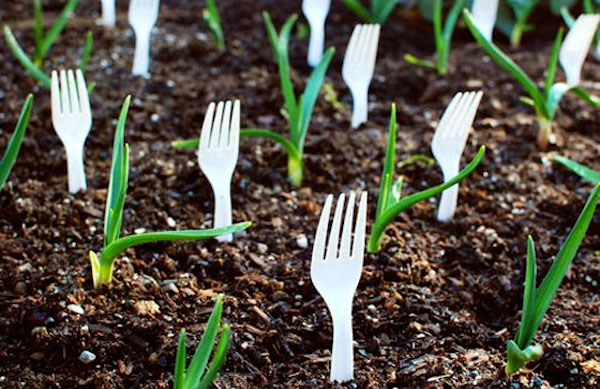
Oh, I love this one! It looks a bit odd, but it works like a charm. Do you have a lot of pests like raccoons or rabbits messing with your beloved plants? Plant plastic forks in the garden, that’ll keep them away. It’s funny, but it works.
2. Plant Flowers to Dispel Pests
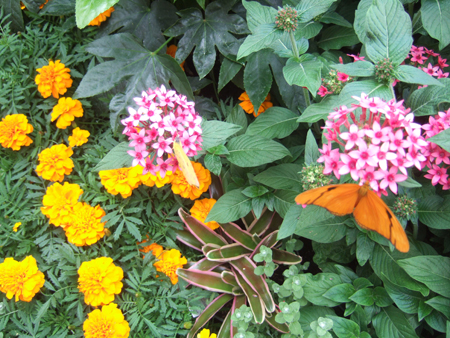
There are certain flowers that are naturally good for pest control. For example, clover. Four-leaf or not, clover really does bring good luck for gardeners. If you plant it as ground cover, it’s been known to ward away pests completely. Experiment with this ... you’ll see what I mean. The next time you plant cabbage, plant clover along with it. It will dispel aphids and cabbageworms. There’s plenty of other such flowers that are good at this too. You can learn more about them here.
3. Plant a Water Bottle to Support Sensitive Plants
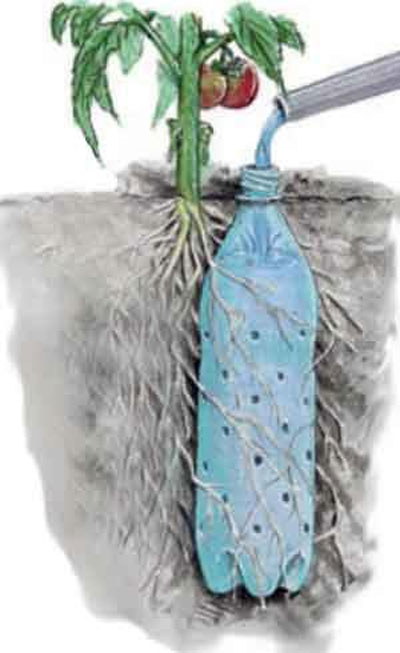
Now this is a super creative solution I came across on The Gardening Cook blog to help those sensitive plants that keep drying up due to the harsh sun. Take a plastic bottle, poke holes into it and plant it next to your plant. Let its mouth above the soil, so you can easily keep refilling it. The bottle will release water into the soil slowly for your plant to absorb over time. This way you can prevent the plant from drying quickly.
4. Protect Your Plants Against Frost Using Milk Jugs
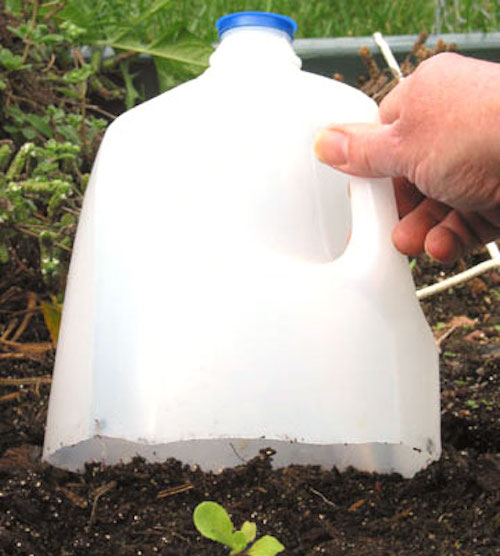
I came across this neat trick on the Family Food Secure blog. Save up from your milk jugs at the start of the season, so when winter approaches you can protect your baby plants by covering them with the jugs.
To prepare the milk jugs, cut their bottom with a knife or scissors. Throw away the lids. Carefully place them on your plant. Plant generous amounts of soil around the jug, so that it doesn’t budge or blow away due to wind or other environmental factors. You can water your plants by sprinkling water down the side of the jug … don’t worry, it WILL reach the roots :)
One the leaves start to poke out the top, you can take off the jugs. It works like a charm. You can reuse the milk jugs for the next season too! Use this method with plants that don’t deal well with cold and frost such as tomatoes, cucumbers, squash and others.
5. Do You Want Sweet Tomatoes? Sprinkle Baking Soda Over The Soil!
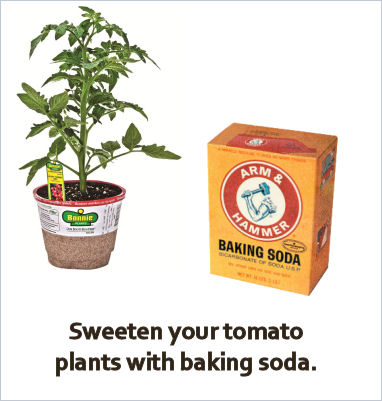
This is another trick that I found on The Gardening Cook blog, and it really worked for me. If you want to grow sweeter tomatoes this year, try sprinkling some baking soda on the soil and marvel at the magic.
6. Use Egg Shells to Support Seedlings
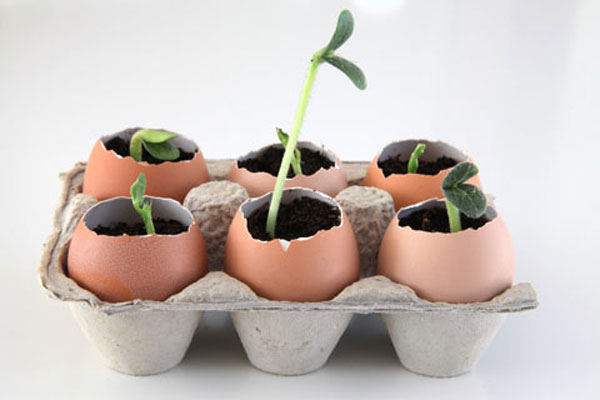
You don’t need to use plastic bags to plant seedlings, instead use a better, greener alternative – egg shells. The egg shells help the seedlings grow because they compost naturally and add calcium into the soil that helps strengthen the seedlings.
7. Plant Seedlings in Citrus Peels
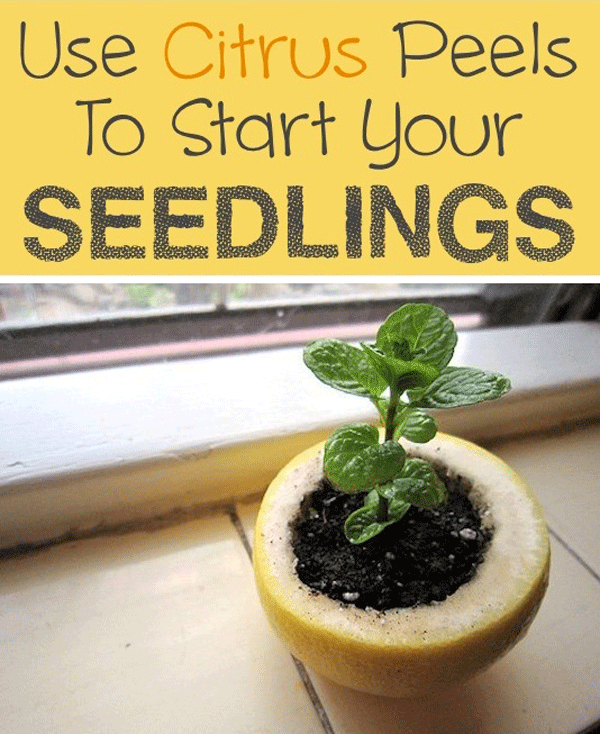
This is another cute trick I came across that helps when planting seedlings. Try planting your seedlings in leftover lemons after you’ve squeezed out their Juice. The lemon will self-compost and add nutrients to your soil, promoting healthy growth of your seedlings. You can plant the whole thing directly into the soil once your seedlings are ready! It’s awesome. I got this one at My Roman Apartment blog.
8. DIY Fertilizer
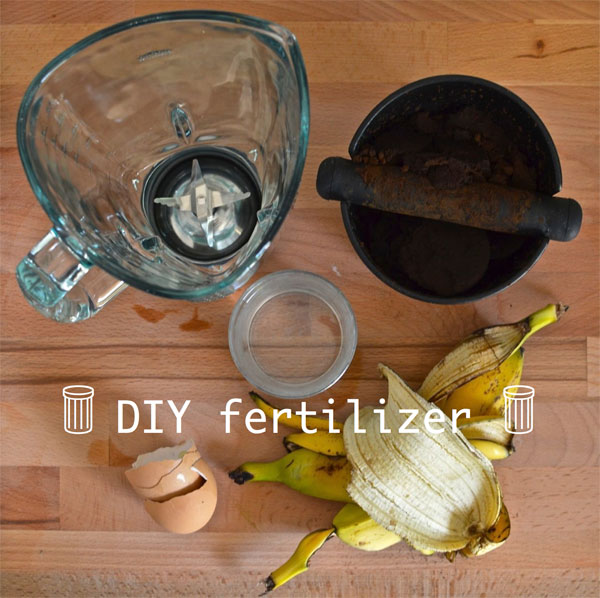
Did you know that you can make fertilizer in your kitchen as well? Moreover, the items it’s made with can easily be found in most kitchens. All you need is banana peels, egg shells, coffee residue, some water and a blender. You can find detailed instructions here.
I’m planning to try it in my garden soon, so I’ll update you as to how it works out.
9. Use Raised Beds to Save Time and Increase Your Yield
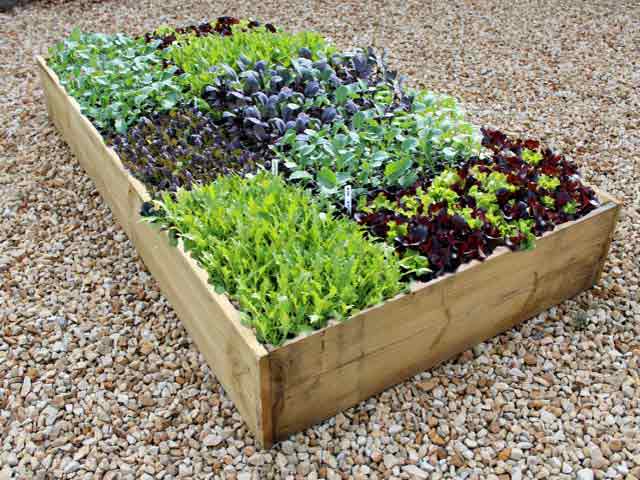
Raised beds work so much better than planting in rows because they give you more room for your plants and as the plants are closer together, you have less weeds. The general rule of thumb is you get four times more yield from planting in raised beds as compared to planting in rows.
10. Use Round Beds to Increase your Gardening Space
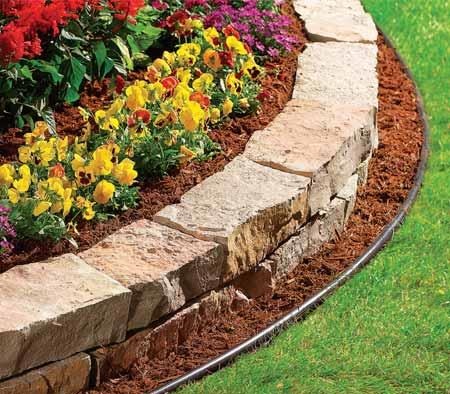
As opposed to squared raised beds, use raised beds with rounded edges. This will boost your gardening space. For example, in a raised bed that’s 20 feet long, you can increase your gardening space from 100 to 120 square feet by rounding the edges. That’s a 20% increase. You can plant spinach, lettuce, and other green leafy plants at these edges.
11. Space Smartly - Arrange your Plants in Triangles to Increase Your Yield
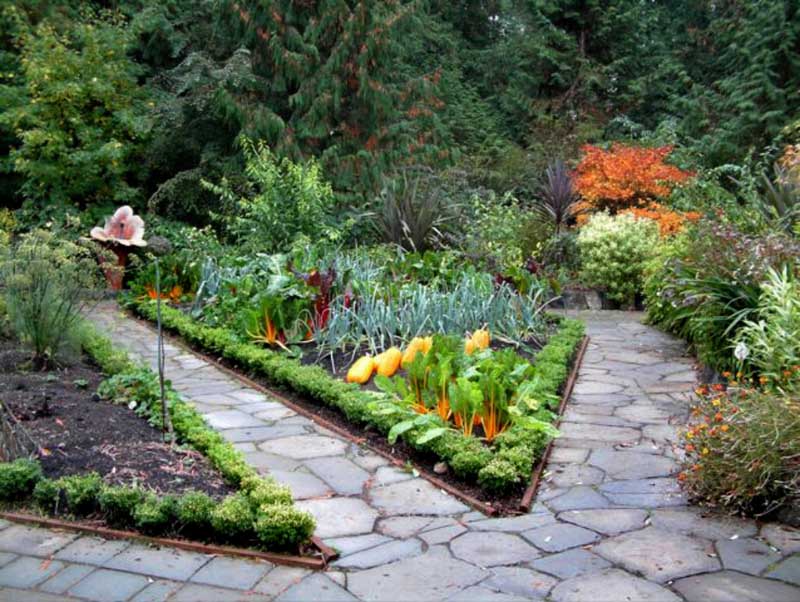
Arrange your plants in a triangle instead of planting in rows or squares. In this way, you will be able to plant up to 10 to 14 % more in the same space. Be careful to not overdo it though, if you space your plants too tightly, it will leave them susceptible to diseases, and some of the plants may not reach their full size.
12. Grow Your Vegetables Vertically
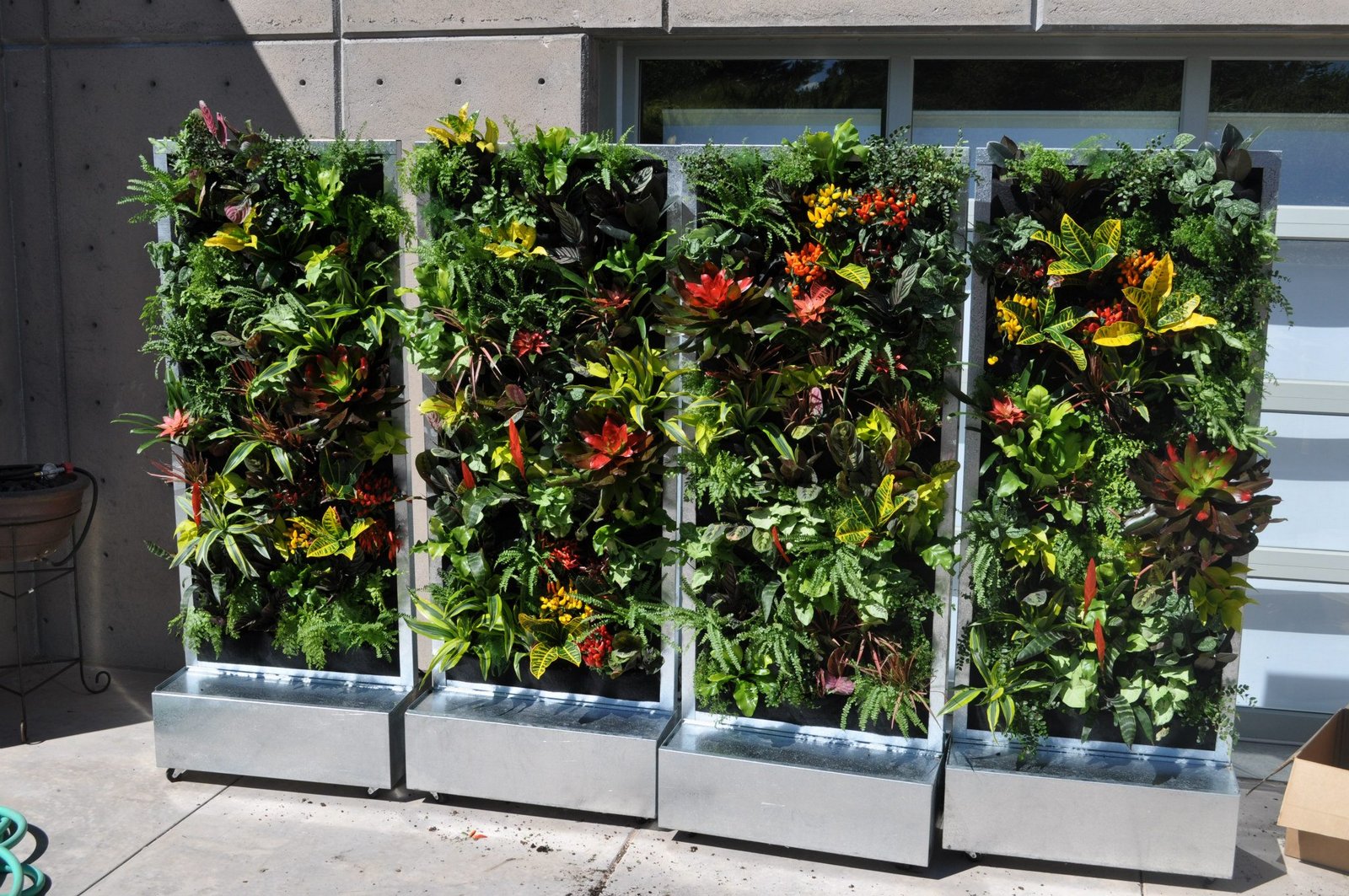
It doesn’t matter what size your garden is, you can always grow more, if you go vertical. Use cages, fences or stakes to provide your vines more room to grow ‘up’. This works great with space-hungry plants such as peas, tomatoes, melons, and squash.
Not only does it give you more space, it’s also great because it protects your plants from diseases due to improved air circulation. You can also see exactly where your fruits are so it’s easier to harvest. You can grow vertical pants along the sides of your beds by using different tools for support.
13. Interplant Compatible Crops
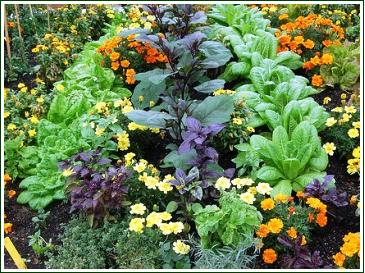
You can also save space and yield more by inter-planting compatible crops. There’s so many combinations that you can go with. You may have heard of the classic Native American combination of squash, beans and corn. Squash grows freely on the ground, while the pole beans are supported by sturdy corn stocks. It works great! Other great combinations include radish and spinach, corns and beans, or cabbage and dill.
14. Try Succession Farming
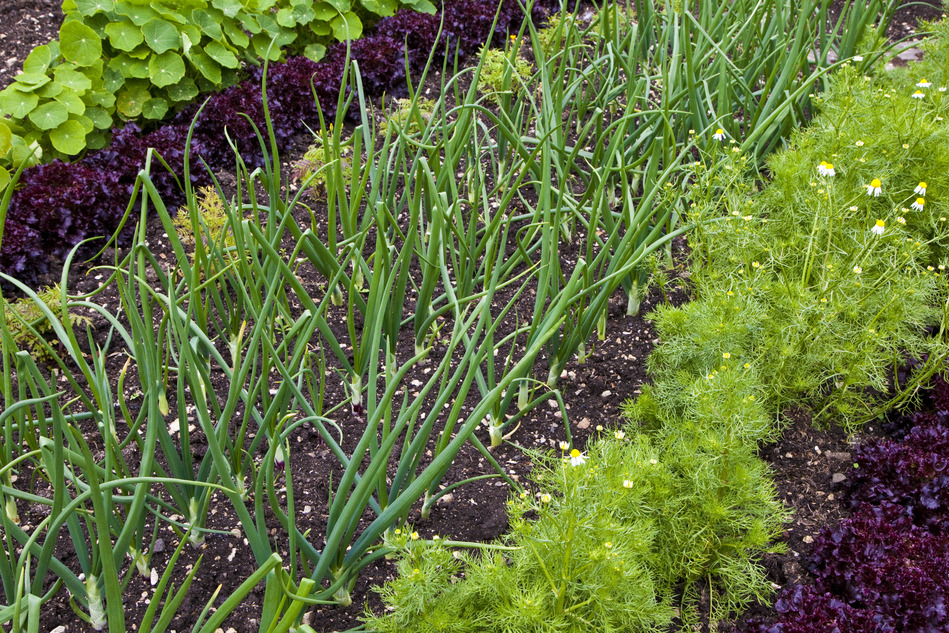
Succession farming allows you to plant more than one plant in a given space over the course of the season. In this way, you may be able to harvest even three to four crops from a single space. It’s quite simple really, you just need to use the right plants.
For example, an early crop of lettuce may be followed by fast-growing corn, which may be followed by spinach and then garlic over the winter season. You can get all that done in the same space over the course of a year!
The secret is to use fast-growing varieties so you can get more from less space. Replenish the soil with compost each time you replant, and it’s a good idea to plant with transplants that are already about a month old, as they grow faster than seeds.
15. Avoid Wrong Combinations
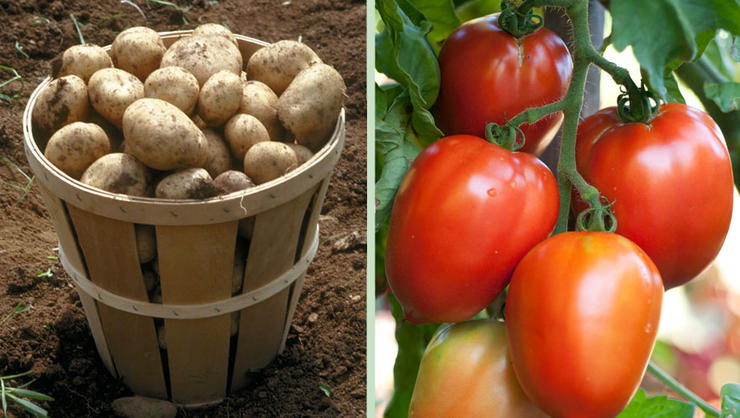
We’ve talked about planting the right plants together, but it’s also important to ensure you never plant the wrong plants together. Some combinations should never be planted together. They just don’t work. These include onions and potatoes, tomatoes and peas, or cabbages and grapes.
There are so many other creative vegetable gardening ideas out there. Share yours with me below in the comments section. I would love to hear from you!
Author
 Memuna Umber from YardYum
Memuna Umber from YardYum
Memuna is a MBA student who also happens to have a passion for the environment. She brings a lot of marketing experience to the YardYum team.
